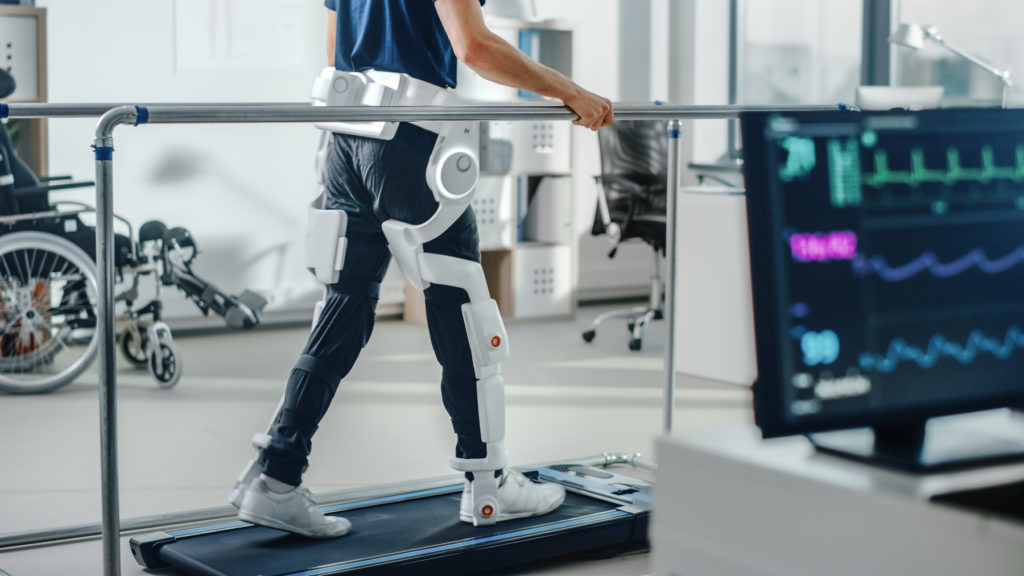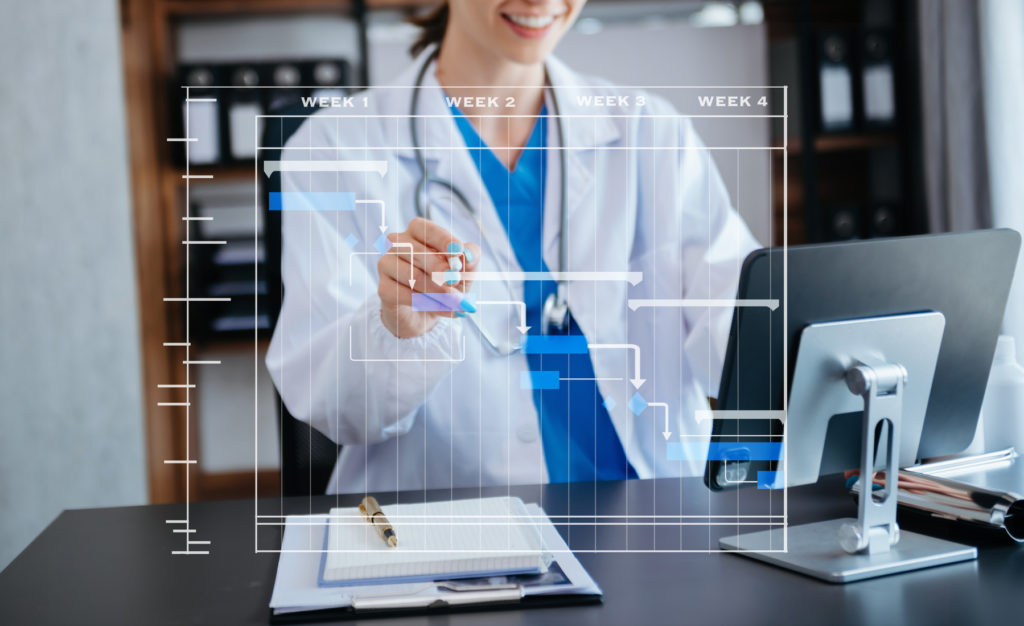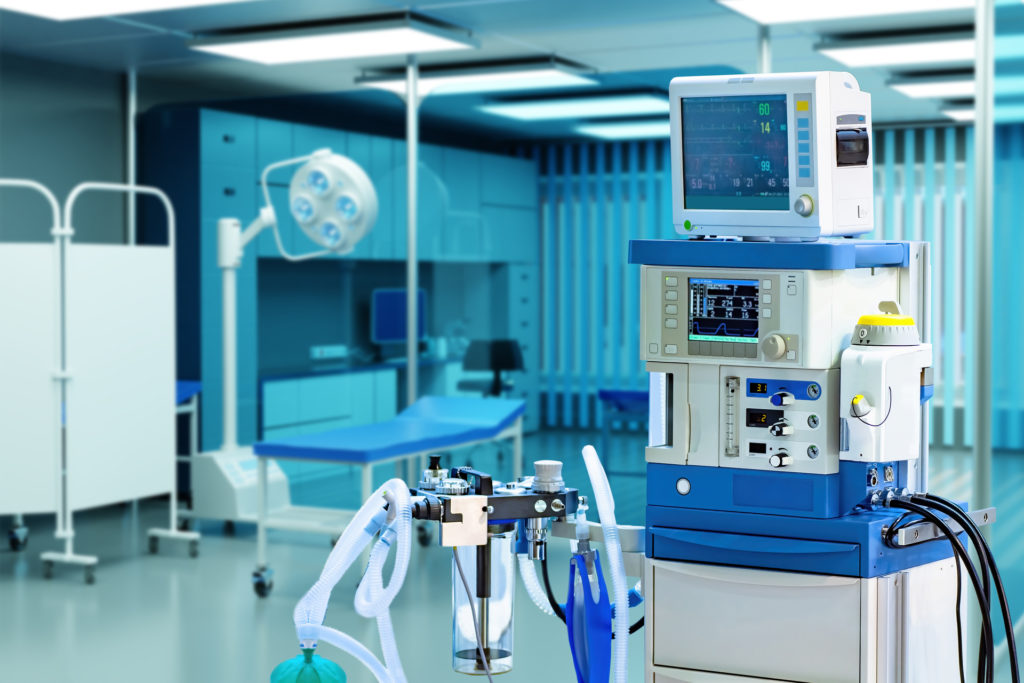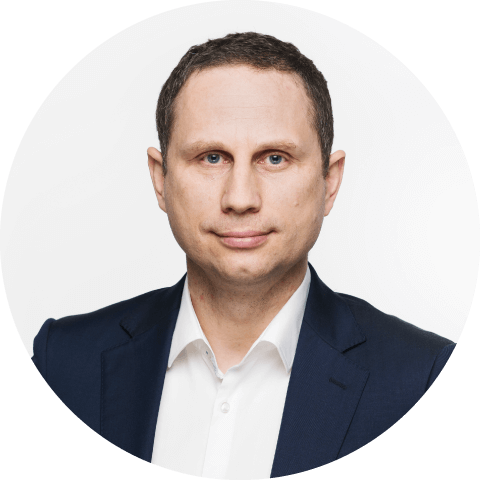Connected therapy management solutions are the future of medicine
MedTech companies, who contact us, are usually looking for support in developing embedded solutions for devices used by doctors in a hospital environment when performing advanced medical procedures as well as by patients at home, for example, to process images or control fluid flow.
We help our clients build software that controls a specific device or its various mechanical elements and collects and processes data from sensors. With the development of the Internet of Things concept, these devices are now more and more often connected with each other and a central system, where the data gathered from sensors can be further processed.
In this article, written with Krzysztof Minicki, Director of the Healthcare and Life Sciences business unit at Spyrosoft, we’ll discuss the importance of connected devices in therapy management as well as the development of such solutions in the near future.
Why are connected devices a game changer for therapy management?
Connected devices provide new opportunities to leverage big data to improve the effectiveness of therapy. Let’s look at some of them.
A solution for specialist shortage
In the future, there will be more and more closed-loop systems supercharged by the power of AI, where data is exchanged between a device, a patient, and a doctor. Collecting such data enables us to get deeper insights into the effectiveness of a given therapy and with the help of AI algorithms and machine learning algorithms, it will be possible to analyse them automatically and implement changes much faster based on identified patterns.
At first, a certain degree of human supervision will be necessary, but eventually, connected therapy management systems won’t need it. Given the fact that, in the future, access to specialists may be even more limited, such systems will be especially valuable and important, as they will handle most common cases, while specialists will have more time to focus on rare or atypical ones.
Aid in medical research
The collected data is also a mine of invaluable information for scientists who work on advanced therapy methods and medications. The AI algorithms used in connected therapy management solutions will play a crucial role in showing them certain patterns or providing detailed analyses, speeding up and automating the research phase. It will allow scientists to focus their efforts on turning the insights into solutions.
Building a full picture of a therapy’s effectiveness
Connected therapy management systems can also allow doctors to see correlated data regarding the changes in a patient’s health state throughout the therapy, for example, when using a specific medication. The data is automatically sent from a device used by a patient to the system, where doctors can access it.
Such solutions are already available on the market, but in the near future, they will also import and combine data from other sources, giving doctors a broader picture of the course of therapy. This will allow them to improve the effectiveness of a therapy in the long run.
Transform patient care with our solutions
Explore our servicesAutomating medical procedures
There’s a developing trend for solutions working in a closed-loop system, like an automated insulin pump, which can dose certain substances or medications based on real-time insulin level monitoring. We expect that devices like these will be more and more popular in the years to come.
New business model
Some medical device manufacturers change their business model and as well as selling the device, they also work on improving the effectiveness of the therapy it’s used for. Doctors and other specialists can analyse the collected data and draw valuable insights, which improve the speed and likelihood of a correct diagnosis.
Get expert help in building a connected therapy management solution of the future
There is a good opportunity for connected therapy management solutions to revolutionise modern medicine. Machine Learning algorithms can analyse big data gathered from a large population and help specialists draw the right conclusions, improving the approach to a specific therapy.
One of the key elements of building IoT solutions for the medical industry is the way the connection between the devices and the system is realised. The safety of IoT connectivity is crucial as it may influence medical risk. Our experts are specialised in building connected therapy management solutions compliant with all the norms and regulations, such as the MDR, FDA’s regulations, or IEC 62304. We’re also ISO 13 485 certified. Contact us for more information using the form below or visit our offering page.
About the author
Our blog




